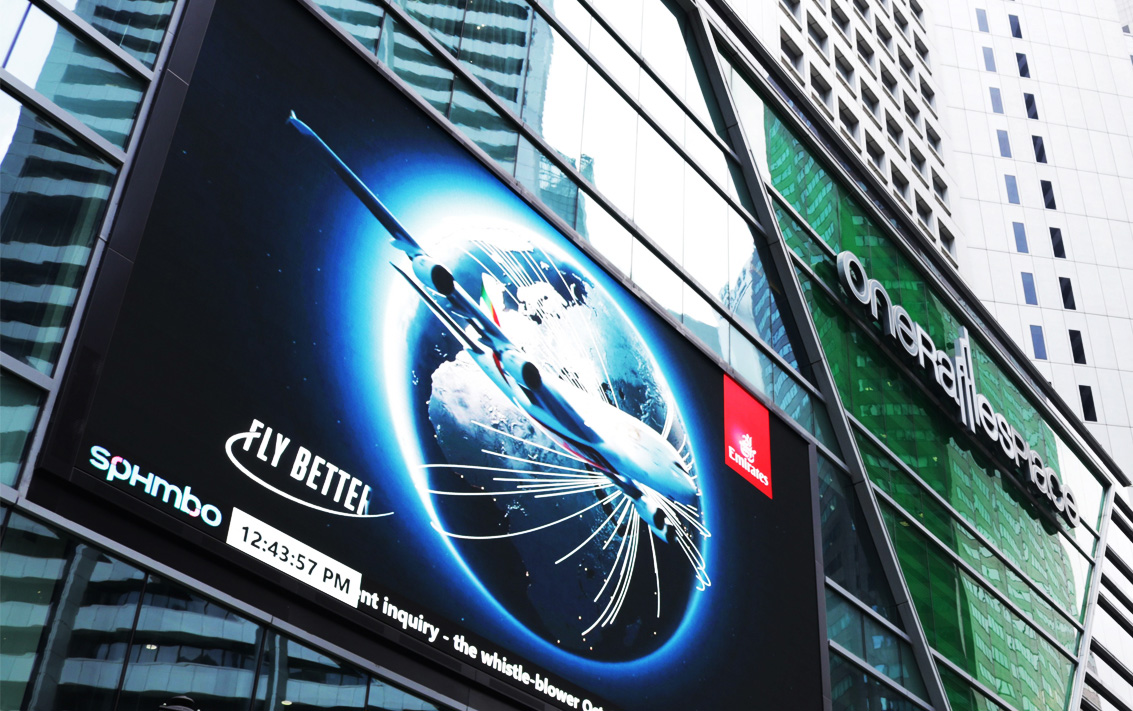
The IP68 standard in LED displays
18.11.2020
The International Electrotechnical Commission (IEC) has defined the IP standard to identify the ability of electronic devices to resist fresh water and solid materials such as dust, sand, and impurities. An Ingress Protection code (IP) consists of the letters IP with two digits after it and sometimes a letter.
IP68 code: the first number refers to solid materials
In an IP code, the first digit always refers to solid materials. It is a number between 0 and 6, where 0 provides absolutely no protection against contact with external objects. This figure, progressively increasing, indicates an ever greater protection starting from large objects. For example, an IP2 rated device provides finger protection, while the IP3 abbreviation means safety guaranteed by rather thick cables and sockets.
The code IP5 introduces protection from dust. Although difficult to rule out completely, this IEC classification must meet dust protection criteria to ensure the operational operation of a device. Otherwise, the code IP6 indicates the guarantee of total protection from dust.
The second digit of the IP rating: liquids
While the first digit in the IP rating system indicated protection against solids, the second one measures the resistance of an electronic device to water. As for the protection against solids, the range starts from 0 to indicate that a device does not offer any protection, up to the maximum protection indicated by number 9.
The classification of 7 for liquids as required by the IP classification system by the IEC indicates that a device should be suitable for submersion up to 1 metre of water, for up to half an hour. Number 8 identifies the protection from liquids at depths greater than 1 metre. Although rare, it is also possible to reach level 9 for those devices that resist high pressure and temperature jets of water.
However, not all liquids behave equally when they come into contact with an electronic device. Therefore, the International Electrotechnical Commission assigns the aforementioned ratings only in case of contact with fresh water, excluding other liquids such as salt water, coffee or carbonated soft drinks.
The IEC IP scale: some general considerations
As mentioned before, a device classified as IP67 can withstand contact with water up to 1 metre deep for about 30 minutes. Comparing it with an IP68 device that can provide protection at depths of water greater than 1 metre for a period of time specified by the manufacturer. It is important to note that, in most cases with mobile phones, we are talking about water resistance, not waterproofing. There is a big difference in that waterproofing suggests indefinite immersion in water versus water resistance, which implies limited exposure and immersion. With a rating of 6 on the solid scale, the IP67 and IP68 devices provide dust resistance.
IP65 Display vs IP68 Display: which one is right for you?
When purchasing an LED display, you will be faced with the decision of whether to choose one of category IP65 or IP68. The first piece of information to keep in mind is that both displays will be dust resistant. However, an IP68 rated display, in addition to being resistant to dust, will guarantee operation even if it is completely submerged in over 1 metre of water, for a period of time specified by the device manufacturer.
Ultimately, the choice of a display classified IP65 or IP68 is linked to the need to guarantee its operation even in the event of exposure to water. Obviously in those cases in which the device to be purchased is a giant screen to be installed outside a building or a sports facility, the resistance to water and humidity (rain, snow, fog, etc.) is a crucial and determining factor to consider in the purchase phase, even before evaluations linked to the sale price.
More generally, the IP code according to the convention defined in the EN 60529 standard is identified as follows:
IP0X = no protection against external solid bodies;
IP1X = enclosure protected against solid bodies larger than 50mm and against access with the back of the hand;
IP2X = enclosure protected against solid objects larger than 12mm and against access with a finger;
IP3X = enclosure protected against solid objects larger than 2.5mm and against access with a tool;
IP4X = enclosure protected against solid bodies larger than 1mm and against access with a wire;
IP5X = enclosure protected against dust (and against access with a wire);
IP6X = enclosure totally protected against dust (and against access with a wire).
IPX0 = no protection against liquids;
IPX1 = enclosure protected against the vertical fall of water drops;
IPX2 = enclosure protected against falling water drops with an inclination of less than 15°;
IPX3 = enclosure protected against rain;
IPX4 = enclosure protected against splashing water;
IPX5 = enclosure protected against jets of water;
IPX6 = enclosure protected against waves;
IPX7 = enclosure protected against the effects of immersion;
IPX8 = enclosure protected against the effects of submersion.